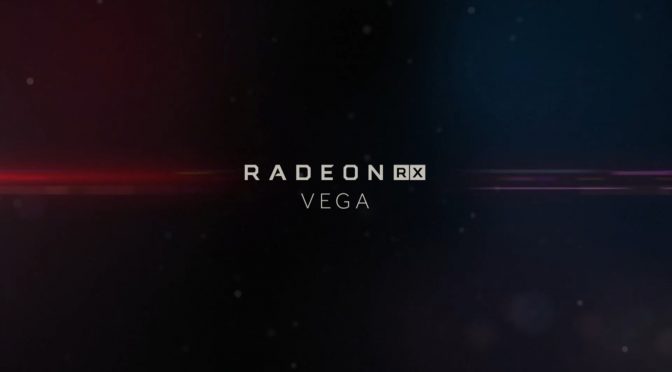Yesterday, AMD showcased Prey running in 4K on two Radeon RX Vega graphics cards. However, that demo did not include any FPS counter and there was noticeable tearing. As such, we began wondering what was the point of showing this demo. And it appears we weren’t the only ones as a lot of people started questioning this upcoming graphics card, forcing AMD’s Raja Koduri to comment and state that the Prey demo was running with more than 60fps.
As Raja claimed, the Prey demo was running comfortably about 60fps and comfortably above ‘any’ single GPU. About 60fps? That doesn’t sound good, does it? Thankfully, Raja then claimed that he meant ‘above’ instead of ‘about’.
It was running comfortably about 60 and comfortably above *any* single gpu and we aren't done yet with Vega rx optimizations for prey
— Raja Koduri (@RajaXg) May 31, 2017
Yes..it should have read "above" 60..
— Raja Koduri (@RajaXg) May 31, 2017
Our guess is that the AMD Radeon RX Vega will be more powerful than NVIDIA’s GTX1080 but less powerful than the GTX 1080Ti. After all, the GTX1080Ti can almost run Prey in 4K with 60fps (though it cannot maintain a stable 60fps experience at all times). This could also explain why AMD decided to use a Crossfire system in order to showcase Prey in 4K (as a single Radeon RX Vega may be unable to run it with 60fps).
AMD will release its first Vega graphics card, the Radeon Vega Frontier Edition, on July 27th and might get some gaming benchmarks. It’s worth noting that the Radeon RX Vega is said to be faster than the Radeon Vega Frontier Edition in games.

John is the founder and Editor in Chief at DSOGaming. He is a PC gaming fan and highly supports the modding and indie communities. Before creating DSOGaming, John worked on numerous gaming websites. While he is a die-hard PC gamer, his gaming roots can be found on consoles. John loved – and still does – the 16-bit consoles, and considers SNES to be one of the best consoles. Still, the PC platform won him over consoles. That was mainly due to 3DFX and its iconic dedicated 3D accelerator graphics card, Voodoo 2. John has also written a higher degree thesis on the “The Evolution of PC graphics cards.”
Contact: Email

